It’s no secret I like the products LumeCube releases.
For me it started with the LumeCube, a small cube with a punch, I love using it on a selfie stick for some interesting lighting effects/angles, but it’s also very nice to add some light in positions where you need something really small, and they even released a full accessory pack for the light. Now why do I tell this.
A good manufacturer always thinks about what the creators/users need, and will adjust the products to the demands from the market, this in my opinion the reason that some brands grow really fast into a household name and for me LumeCube is one of those companies.
I still remember the times when we started our YouTube channel, when we wanted light on location I needed to spend a lot of money and most of those sets where far from portable. Now don’t get me wrong, a good light quality is often achieved with a larger light source, but there is also a certain limit to what’s easy to use or just slows you down. So we were over the moon when the affordable led panels hit the market, but still it was a lot of carrying around, you needed power etc.
Let’s fast forward to today.
LumeCube just released their new RGB Panel Go.
Now we’ve used the Panel Go before this and it works like a charm on location for video light. But as you know… I also love to shoot photos with led panels, especially during the lockdowns shooting action figures, guitars etc. with led panels/tubes was something that got me through most of the lack of photographing people. And to be honest that also changed my opinion on what to buy a lot.
Where in the past I saw the smaller led panels really as video lights on location and the most important thing for me was long battery life on full brightness and the possibility to set the color temperature (of vital importance), my wishes has now changed more towards the realisation that what we always saw as “just” a video light can also be used creatively when it could also change colours for example……
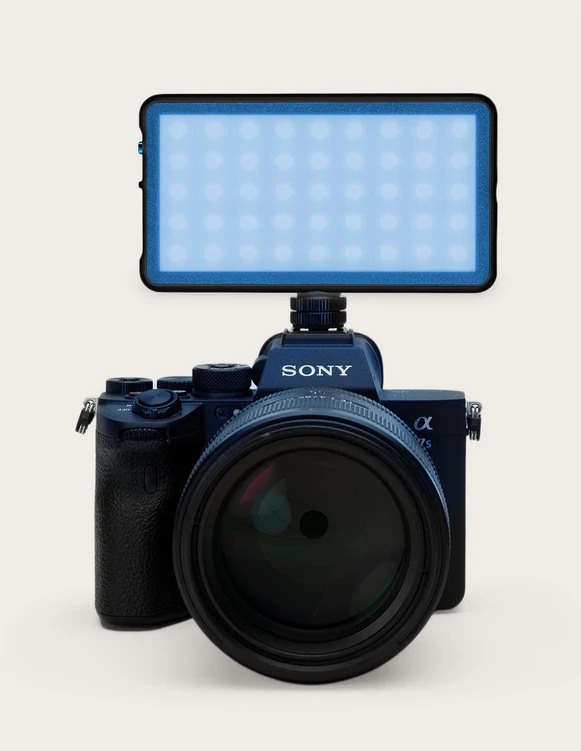
Enter the LumeCube RGB Panel Go
As mentioned before we loved the Panel Go, and LumeCube did a huge upgrade to this panel.
Compared to the Panel Go, the new RGB Panel has of course (as the name suggest) the option to change colours (later more), but they improved a lot more.
The Panel Go used 112 leds and the new RGB panel Go now uses 210 leds.
Lightoutput is still 1080 Lux at .5 mtrs
Also battery life has been improved from 1.3 hours on full power to 1.5 hours on full power and 2.3 hours on 50% to 2.5 hours on 50%.
I actually like that LumeCube gives usable numbers, you often see adds where led panels are advertised with for example an insane battery life of 13-15 hours, but when you look closely it’s on 1% output… and well I don’t think anyone will use it on 1% except maybe as a nightlight, but than there are much cheaper solutions.
Charging the panel is done via USB-c (I think this should be standard on all devices) and takes app 80 minutes for a full charge.
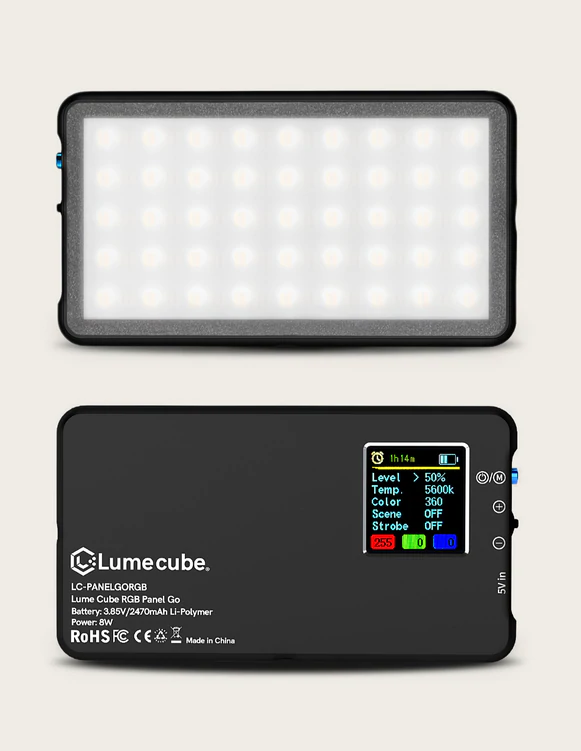
The LumeCube menu is easy to navigate and gives the user a lot more options that the Panel Go, creating the colours you want is very easy and fast, but in the menu you can also access the special effects options of the RGB Panel Go including a police, fire, lighting, loop effect.
CRI
You might have seen this CRI value before, but what is it?
The letters means Color Rendering Index, in essence this means how close to real life you will see the objects colors when it’s lit with the light source. The range goes from 0 to 100 ra where 100 is as close to real life as possible (Day light).
To get the final number 8 colors are used and an average of these are calculated giving the light source it’s rating.
For home lighting for example anything above 80 ra is more than ok. But when lighting a painting, or something that is important for color representation it’s highly advised to chose light sources that are above 90 ra.
You probably already guessed that for a led panel lighting a subject it’s important that we have a higher ra rating than 80 which is ok for house lighting. Well don’t worry, the LumeCube RGB panel Go actually has a CRI rating of 96 plus.
Who should get the LumeCube RGB Panel Go?
For me it’s a no brainer one should always carry at least one location lighting solution in your bag, you never know when you need some light somewhere. And with the RGB addition to the Panel go I think LumeCube opens a whole new market for this panel.
You can still use it on the cameras hotshoe but by being able to also change colours to almost any imaginable colour it also opens a lot of options for more creative uses. I would love to bring one of the panels for an urbex session when you can light the rooms with any color you want, and the panels are powerful enough to mix with a little bit of ambient light in a room and create wonderful surreal images.
But also with model photography you can use one of them as a main-light and one as an accent light with a nice color.
And of course it still does what it was originally designed for, function as a very nice video light.
With the RGB Panel Go LumeCube offers an awesome lighting solution that is compact, affordable, outputs enough light, can create any colour you need on location, has a good battery life and is small enough to fit your hotshoe. I can’t wait to start using the RGB Panel Go in my work and will post some images in a later review video. But for now I wanted to share the test/review experiences.
For a limited time we have a special discount code for you guys.
https://glnk.io/jxvv/rgb-panel-go-frankdoorhof
Your discount code: FRANKDOORHOF10
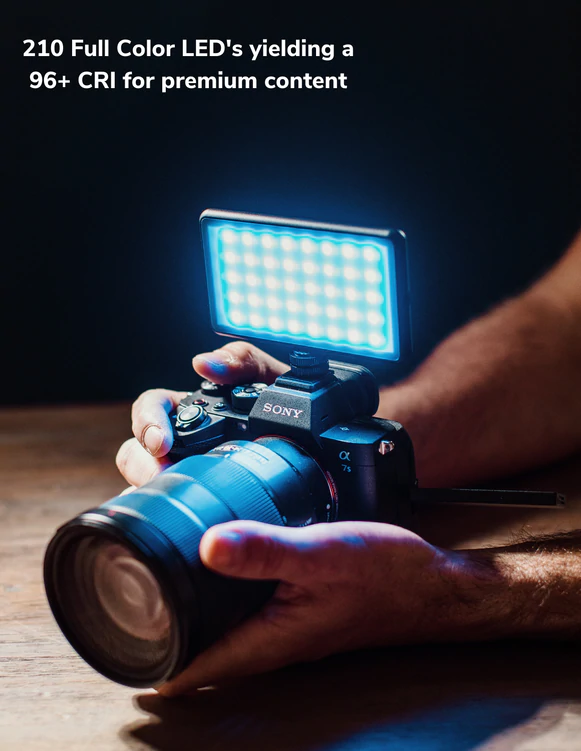
Like this:
Like Loading...
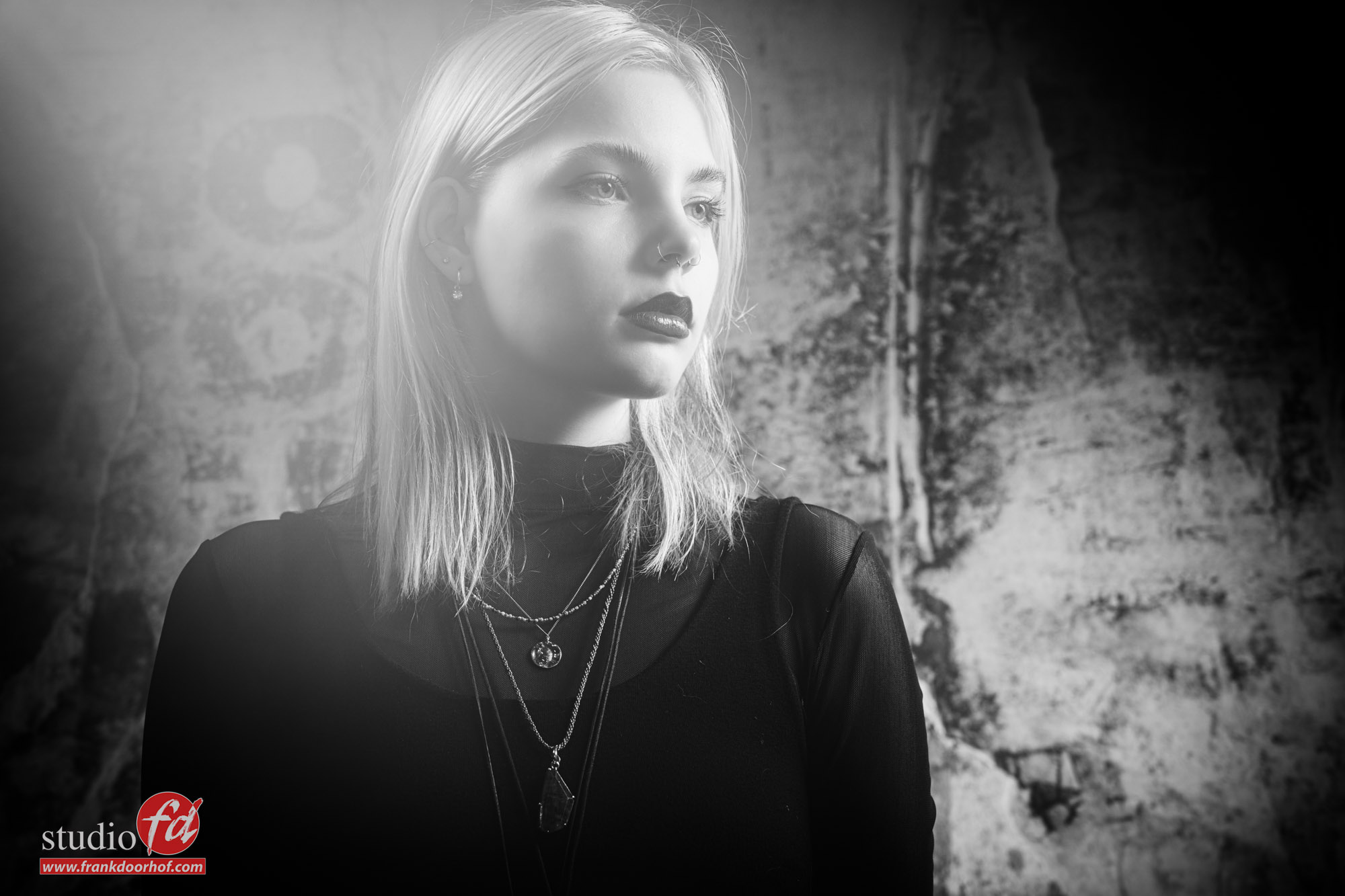
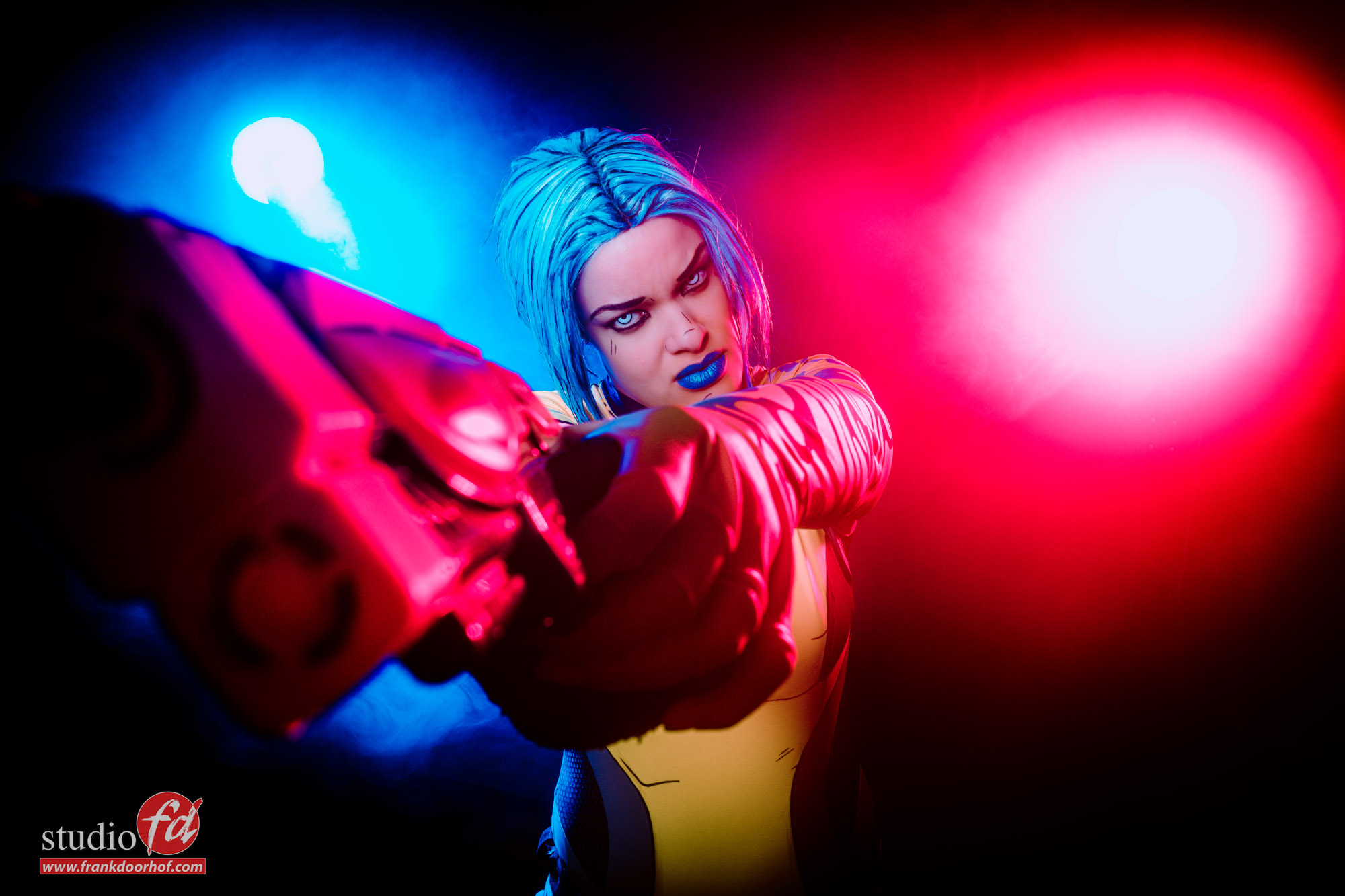

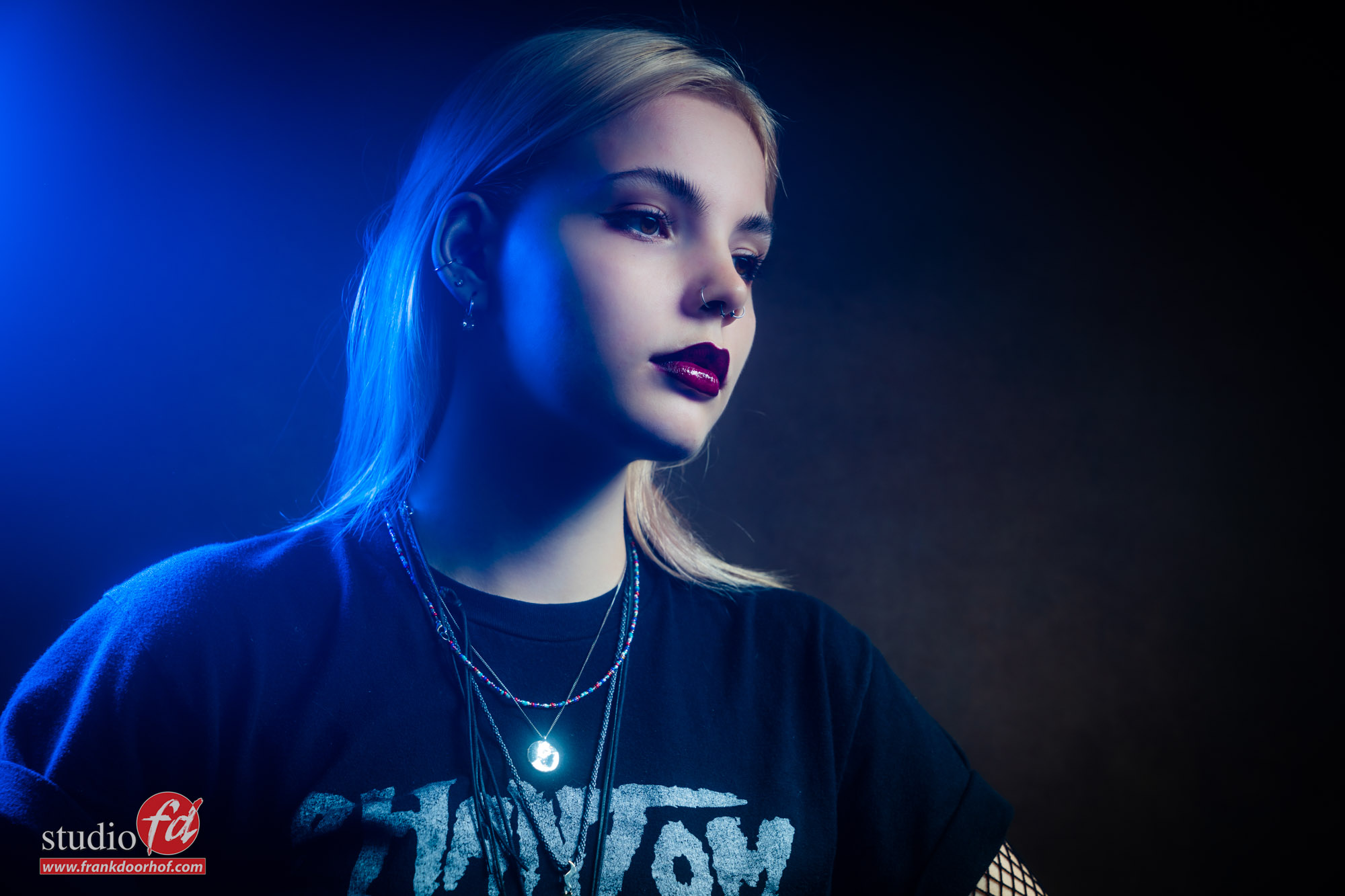
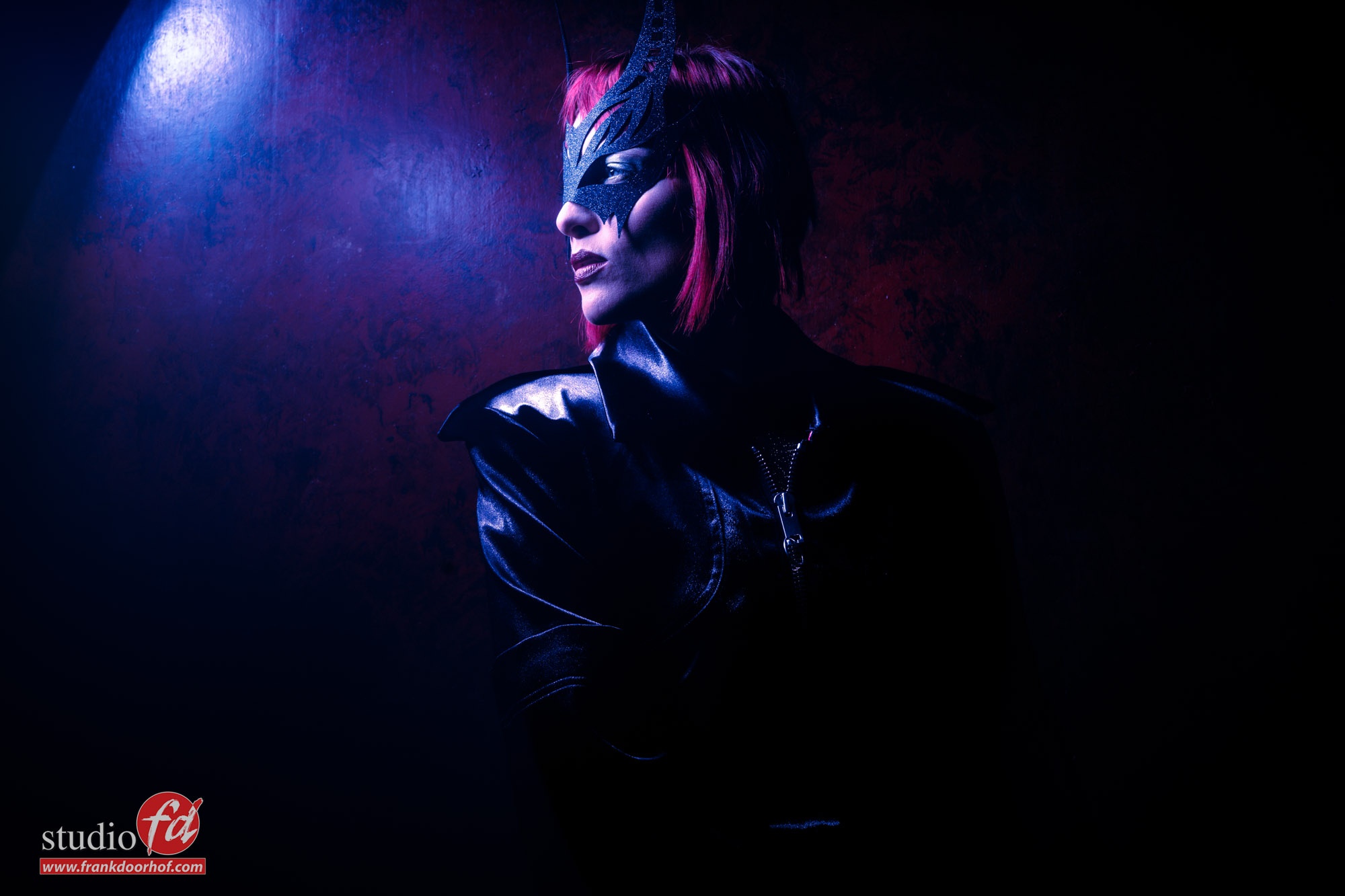





















You must be logged in to post a comment.